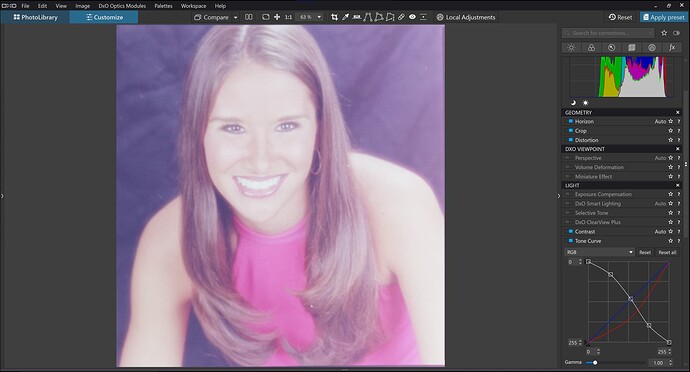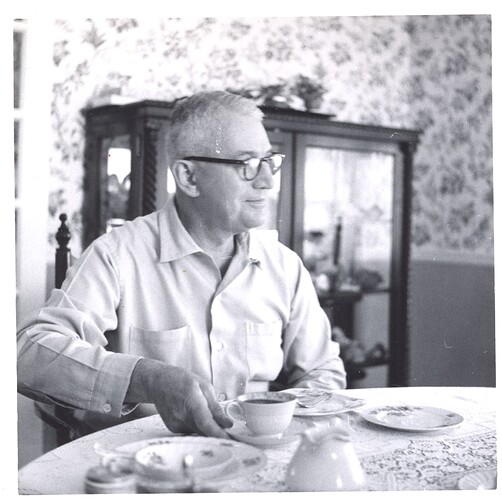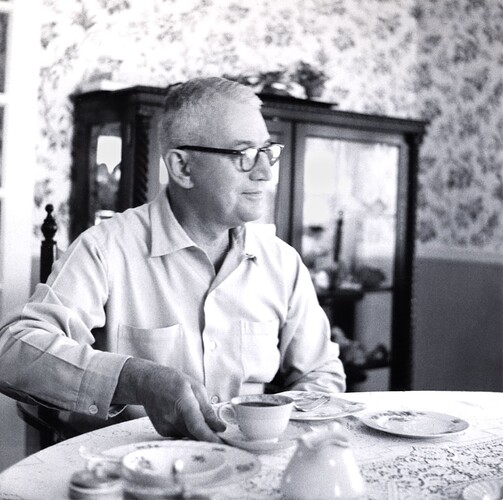Is anyone out there using Photolab for photo restoration? I have the opportunity to
work with a batch of photos approximately from 1918 to 1940. PL5 looks quite good to an beginner (me.}
A similar thread was opened recently. Find it here:
I have used PL on scanned 35 mm transparencies that date back to the early 1960s. Others will disagree with me, probably quite strongly, but I can’t recommend relying solely on PL for such work. I think you also need a pixel editor, I use Affinity Photo.
As I pointed out in the other thread, a photo editor is the tool of choice. The likes of Photoshop, Affinity, PhotoImpact and so on, have the ability to clone, heal and colour correct the scans. Raw processors such as Photolab or Lightroom do not work well for this type of work.
If you are scanning prints, save them in Tiff format and not jpeg. If you have negatives or slides, your camera and a macro lens is a very good choice. Save them as a raw file. These can then be processed in Photolab before passing onto the editor.
Note: If copying a negative, Photolab still does not have the ability to invert the image. The editor or Lightroom can do it though. Slides will be OK as a positive.
Photo restoration is a time consuming process.
A few threads deal with negative conversion
- Automatic negative conversion
- DXO Photo Lab works great with color negative scans
- Negative Conversion
- Invert film negativ in DPL 3
I think that DxO does have the brains to incorporate smart negative conversion, but maybe the market is simply too small to make it worth the effort.
Even if we had a good negative converter, restoring images gets down to fixing dirt spots, scratches and colour shifts due to faded dyes etc. 


By “invert the image” I was referring to reversing the image.
I think that if you look at your original, you will find that the PL image is reversed. I.E photo Left is on the right hand side. All that you can do in PL is rotate the image, not reverse it.
If your image is not reversed, then you probably were looking through the film and not on the emulsion. For best results, one should always copy the emulsion side - which then requires reversal during post, which PL cannot do.
LOL…I misunderstood your use of the word “invert”. Yes, you are quite correct that PL5 does not have the capability to “invert” the photo left-to-right.
Would ‘reflect’ be a better word in this context?
Hi @stuck . Yes, I think that “reflect” would be a much more descriptive term. Thanks.
I think you’re looking for vertical and horizontal flips…
Yes, I think “flip” as in “mirror image” is a better choice of word.
Lightroom uses the word “flip”
Short answer: No reason why not.
Long answer: It depends on how you’re going to present the images to PL5, and what you expect to see at the end of the process.
One of my cousins asked me to “help” this picture:
I did a very high res scan of the original print (JPG here only for the upload to the forum) and spent several hours to get this result:
Changing contrast, etc. is quite simple. It’s cleaning up things like the vertical blob and streak over the side of the head, or the dust mark in the upper right corner of the cabinet that start to consume time. No doubt I went well past the point of diminishing returns on cleaning up the image, and the cleanup might have taken only an hour or two. Either way, there’s no “make it all better” function for turning a tired daguerreotype into “looks like it was shot today”. 
Sometimes it actually gives the image more “character” if you don’t go overboard on “fixing” it. Ironically DXO Filmpack makes a clean photo look old.
The comment above is link spam. It does not go to an article discussing anything but to a commercial online photo service.
And that after more then 2 years?
George
I read the the thread now, George.
The spam was tricky. The comment seemed okay, the linking text matched the comment but did not go to what was promised (an article on restoring old photos). Better to clean it out now when someone found it, or do you prefer to leave the dead rats under your terrace if they are more than two months old?
So please edit your post to remove the link.
Nobody would have that seen anymore. Until now. And the link doesn’t exist anymore.
George
Good point, now that the post is gone, my link must go too! Thanks.


